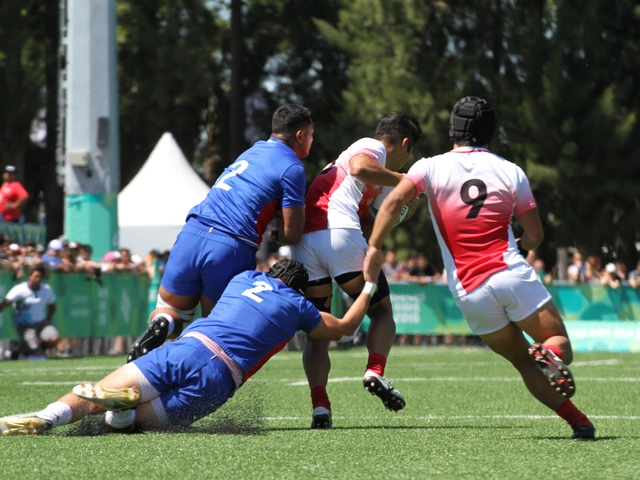Power in Rugby – Build Strength, Speed and Impact
When you step onto the pitch, the first thing you feel is the need to move fast and hit hard. That raw burst of energy is what we call power, and in rugby it separates the good from the great. Whether you’re a flanker smashing through a maul or a winger sprinting to the try line, power is the fuel that makes every play count.
Building Real‑World Power on the Pitch
Power isn’t just about lifting the heaviest weight. It’s about turning that strength into quick, explosive movement. Start with compound lifts like squats and deadlifts, but keep the reps low (3‑5) and the weight high. Pair those with plyometric drills – box jumps, medicine‑ball slams, and sprint‑starts – to train your muscles to fire fast.
Nutrition plays a simple but huge role. Eat enough protein to repair muscle fibers, and add carbs right before a training session for instant energy. A snack of banana and peanut butter 30 minutes before a sprint drill can make a noticeable difference.
Recovery often gets ignored, yet it’s where power grows. Get a solid night’s sleep, use foam rollers, and stay hydrated. Even a short 10‑minute foam‑rolling routine after a workout can keep muscles flexible and ready for the next explosive session.
Don’t forget the mental side. Visualising a powerful tackle or a fast break helps your brain fire the right signals during a game. Spend a few minutes before each practice picturing yourself moving with speed and strength – it primes your nervous system for real‑time action.
Power Stories from Around the Rugby World
Players like James Haskell are classic examples of raw power. His reputation for bone‑crushing tackles comes from years of heavy lifting combined with regular sprint work. Haskell’s routine shows that power is a mix of gym work and on‑field drills.
On the women’s side, Sophie de Goede proves that power isn’t limited by gender. She dominates as a captain, goal‑kicker and breakdown powerhouse, thanks to a balanced program of strength training and speed drills. Her story reminds us that power can be built at any level.
Even in South London, our own club sees power in action every week. The forwards at South London Rugby Football Club use short, intense scrummage drills to keep their power sharp, while backs practice rapid change‑of‑direction runs that translate into breakaway tries.
If you’re new to building power, start small. Add a single plyometric exercise to each training day and watch your burst improve. Track progress by timing shuttle runs or measuring how far you can squat. Small gains add up quickly.
Remember, power isn’t a one‑time achievement. It’s a habit you keep sharpening with each workout, each match, and each recovery session. Keep the routine fresh, stay consistent, and you’ll feel the difference on the field – more tackles, quicker breaks, and a confidence boost that shows up in every play.
Ready to power up your game? Grab a barbell, a box, and a solid meal plan, then hit the training ground with purpose. The results will speak for themselves when you drive through a defensive line or finish a try with unstoppable speed.
This article discusses the possibility of a power shift in the world of rugby, as the sport is becoming increasingly competitive. It looks at the changing landscape of the sport, focusing on the emergence of nations such as Japan and the USA, as well as the changing attitudes of traditional rugby powerhouses like New Zealand. It considers the implications of these changes, including the potential for new power structures and a more even playing field. It concludes that while a power shift is certainly possible, it is far from certain. The success of the sport in the future will depend on how well these emerging nations can continue to develop, and how the traditional powers respond to the changing nature of the game.
READ MORE





